From an interview between Bernd Hanrath and Dr. Jörg Bockow
Have you always had a weakness for animals?
Yes, from childhood. But I think every child likes animals. Just as every child likes to paint animals. Only, most of them stop … .. As a small child, I developed a strickening fear of dogs after an unpleasant experience. So much so that my parents purchased a small dog – as therapy, so to speak. Today one can say that it was a good idea! I also grew up around a lot of dogs and cats, caged birds and also farm animals. As a youngster, I was particularly drawn to horses, which I also began to paint. As a young adult it was wild animals which fascinated me. And to this day little has changed.
Are you, through your painting, an animal welfare advocate?
No, not really. I completely agree with animal welfare as an idea, but I don’t get along with animal activists. Today, I mostly associate the term only with problems, and they are not a good inspiration for my work. People seeking to raise their profile, calculating politicians trolling for votes, animal welfare organizations on the hunt for donations and and and … I don’t want to pretend that I paint for animal welfare or for environmental protection. I paint primarily for myself because it is part of my life. Not a day passes that I don’t have “pictorial” thoughts.
So no partisanship for animals?
But, of course. If it matters, for example, in my painting of the pug and his ancestor, the wolf. “What has man made of it?” could have been the title of the painting. And the fact that I, as a self-employed animal painter, who is also dependent on customer orders, posted “I won’t paint any more pugs” on social media – well, that was quite a clear partisan position.
You only paint animals of our home region. Why no exotic animals?
Because these are the only animals that I know “personally”. Because I can only live out my creativity through the experience of nature. Because I would rather amaze the viewer with hares, foxes and deer than with tigers and elephants. It’s awfully rare to see those while I’m walking the dogs… Besides, I haven’t had the variety of exotic experiences necessary to satisfy my knowledge. I drink up all the information I can get. First of all I have all kinds of publications, with excellent photos and films. I also seek out relationships with livestock owners and breeders. With them, I have both up-close access to the animals, and a wealth of knowledge from years of experience. Zoological gardens and animal parks are almost everywhere. Hunters know a lot about game, falconers about birds of prey. Dissectors can teach me a lot about the anatomy.
Is there a message in your paintings?
Not consciously. The motives for the different images are too different. Sometimes it is the color that challenges me – as for example with the raptor and the Timberwolf. Sometimes it is a random encounter – like a fox that surprises me on my way. In my work, I would like to communicate one thing with certainty: my fascination for “wild life” and my pleasure in being able to paint them in this way.
How do you come by ideas for your paintings?
It totally varies. As I said, sometimes it’s the colors. Sometimes it’s a story. Or a fable. Sometimes it’s from meeting and exchanging with other pet owners or breeders. Then the mental movies kick in, producing images in my imagination. It sometimes happens that I combine figurative elements that I have had in mind for years. I hardly realize it…maybe it just takes its time to see the familiar in a new light. Anyway – on one point I am sure : you cannot force it. And you must love it…
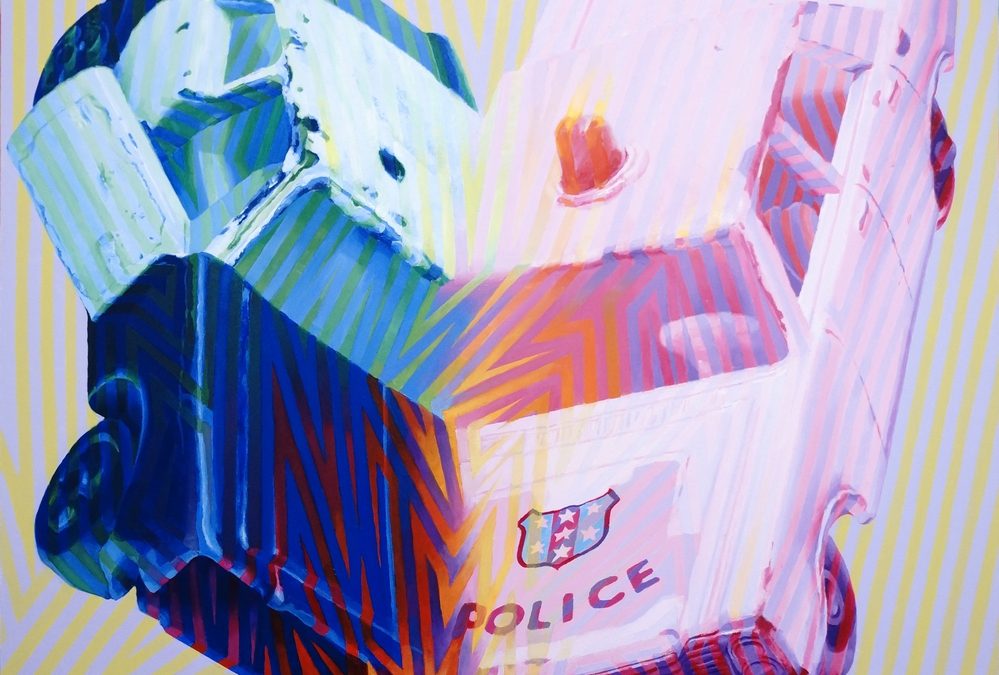
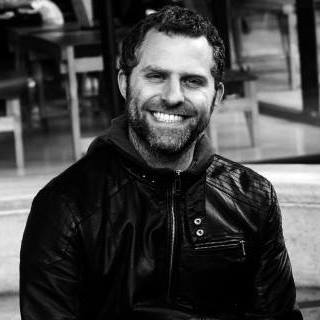
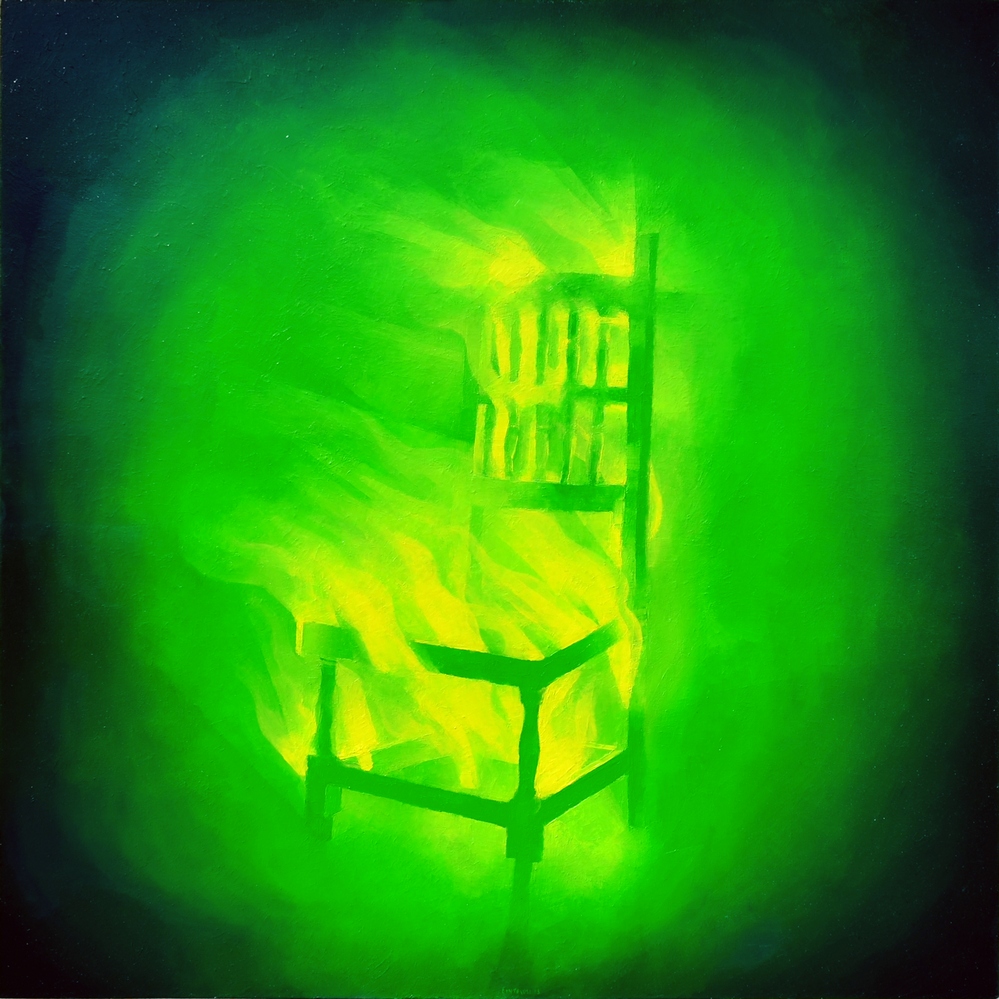
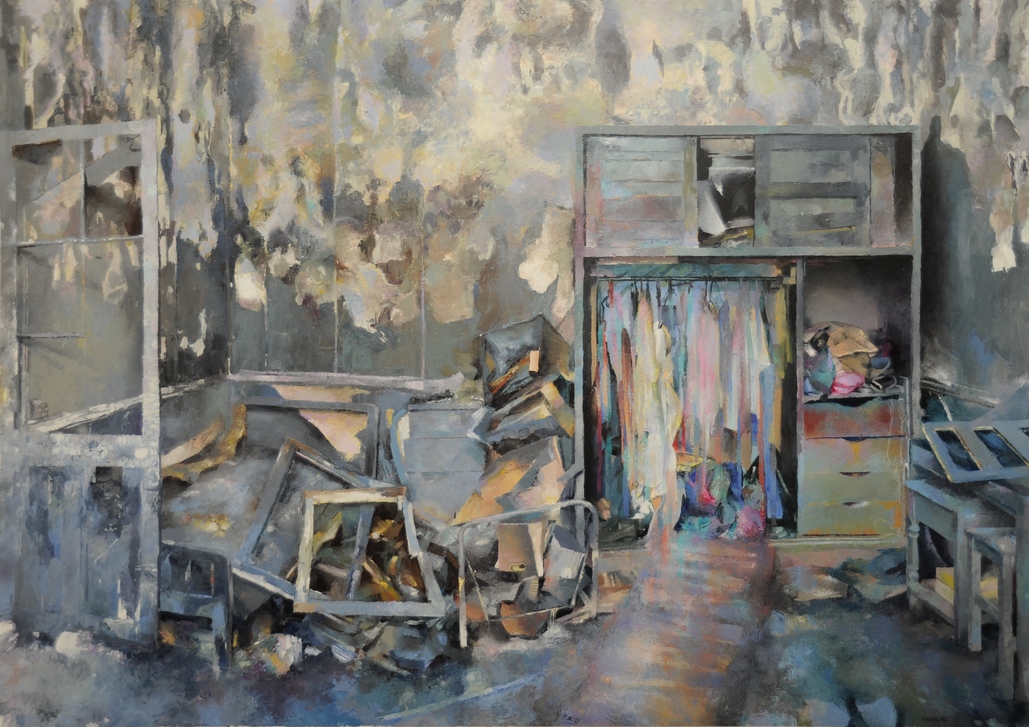
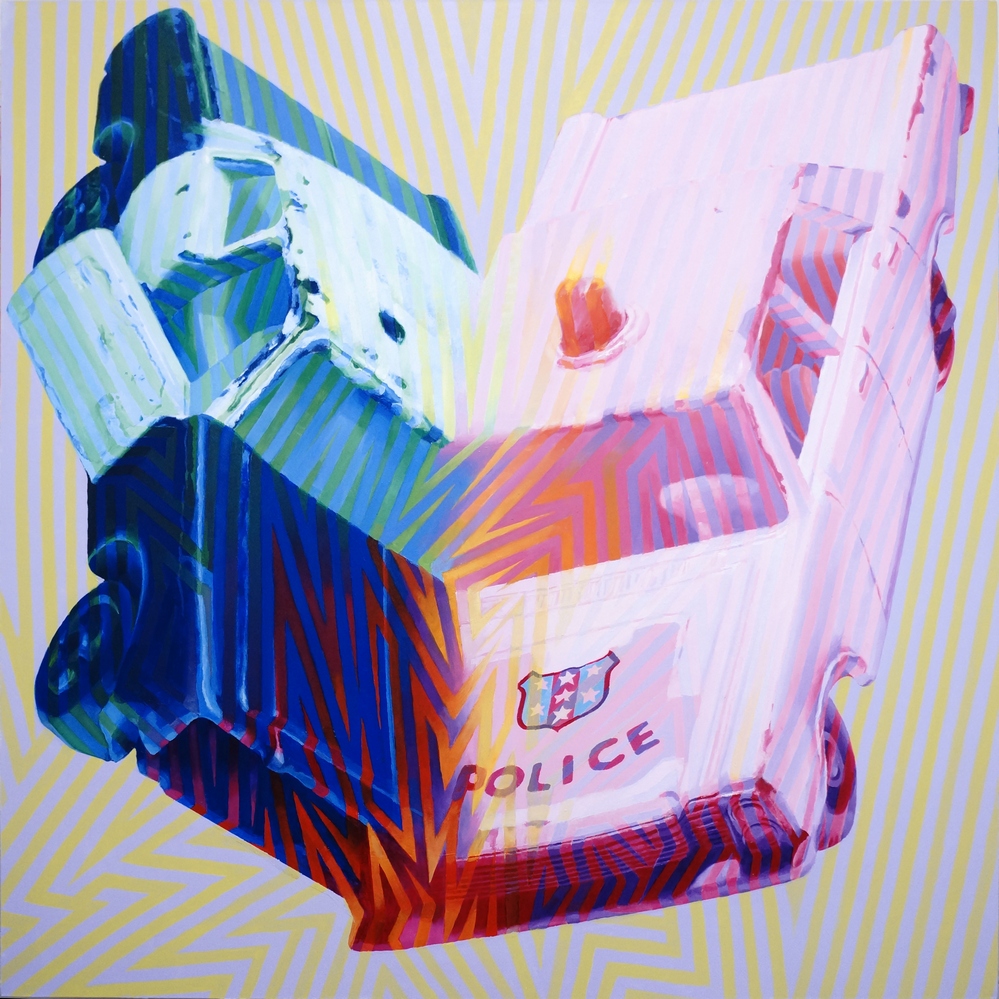

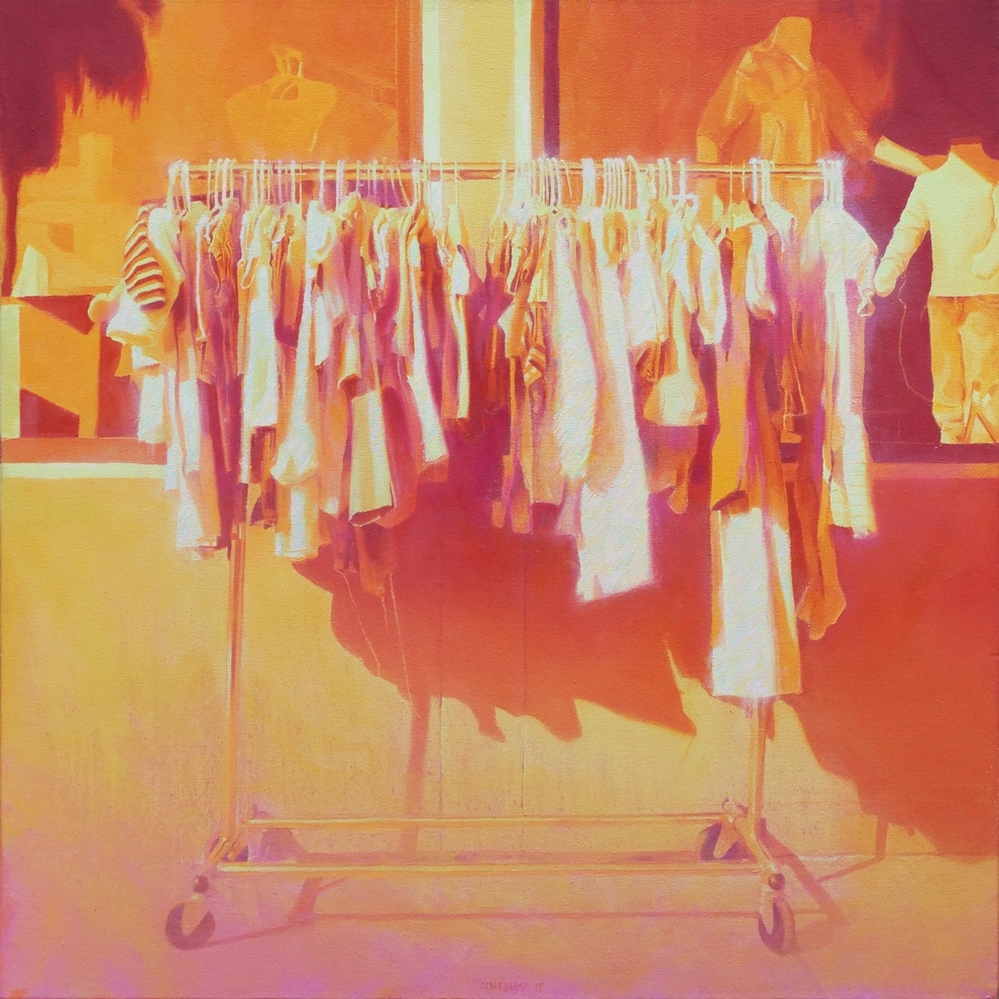
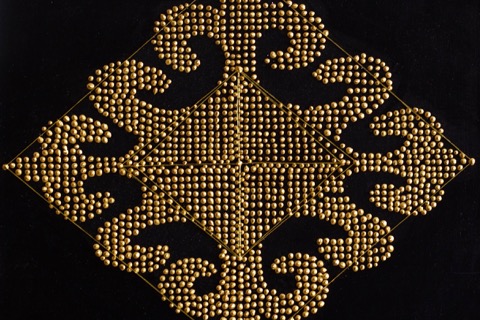
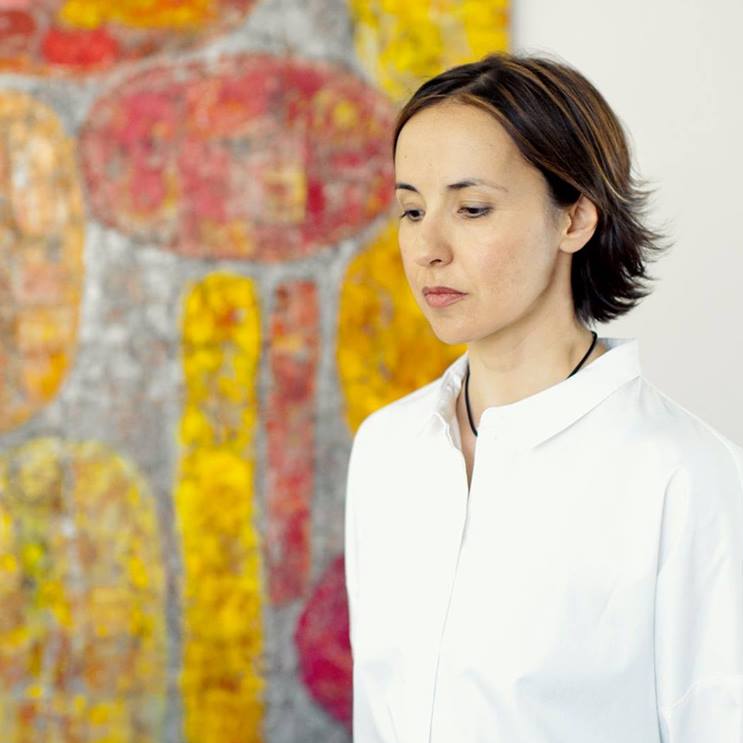

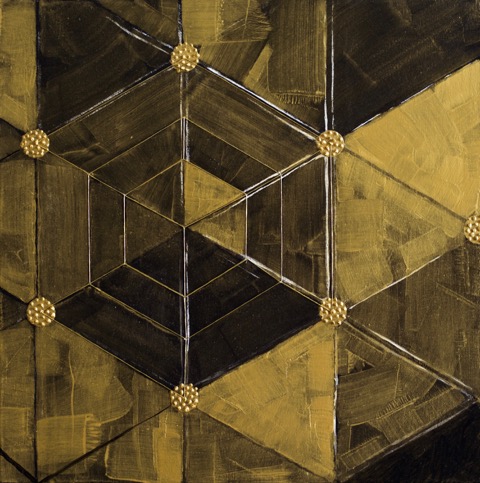
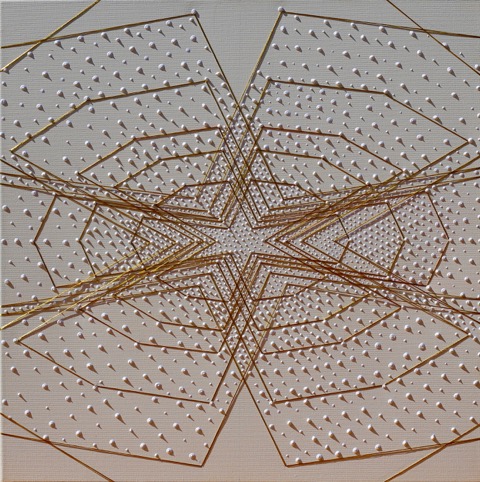
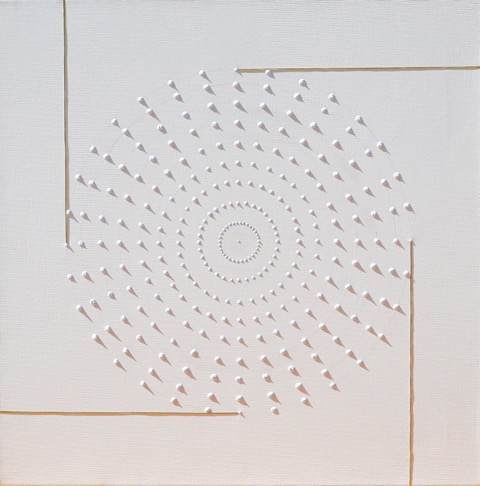
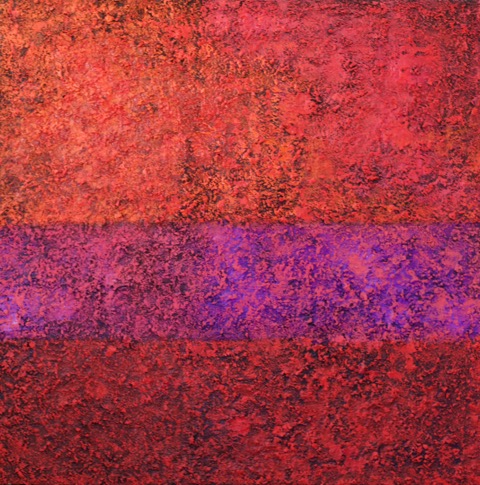
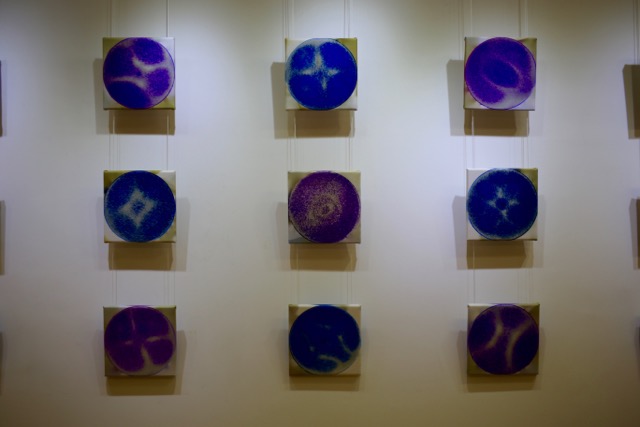
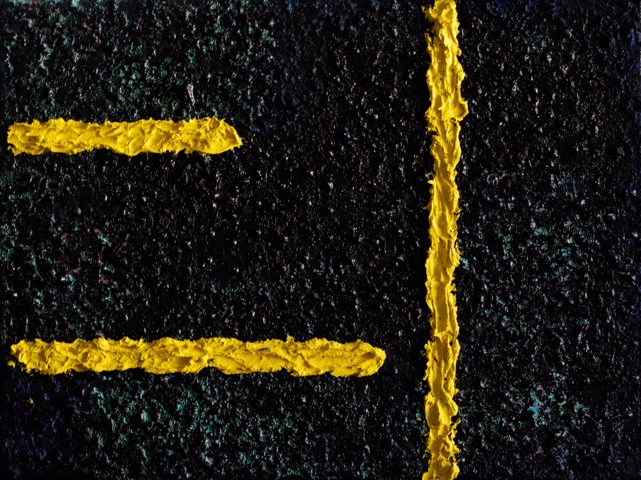
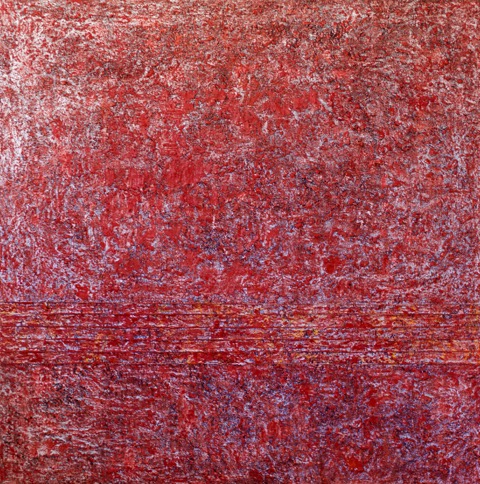
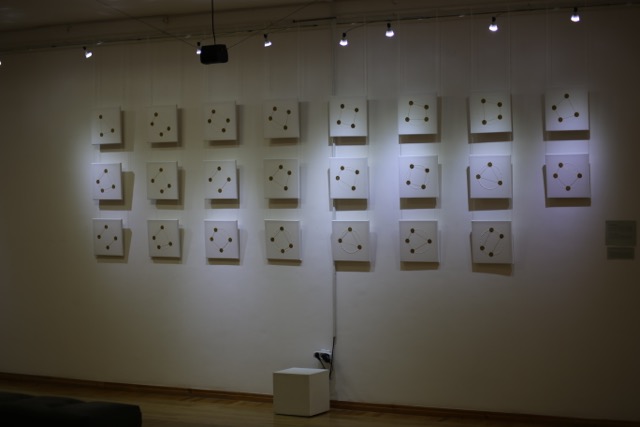
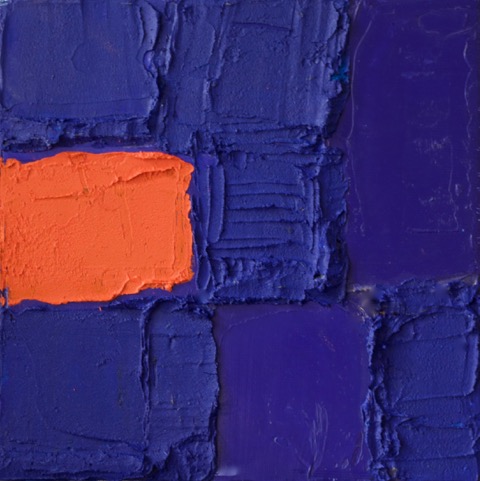
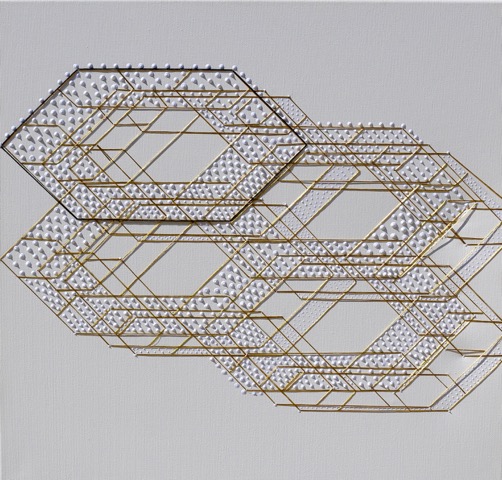
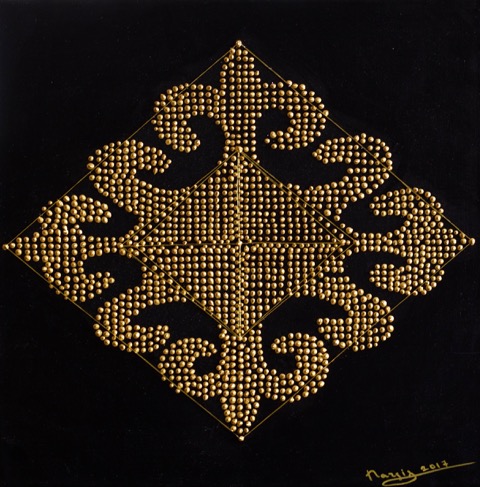
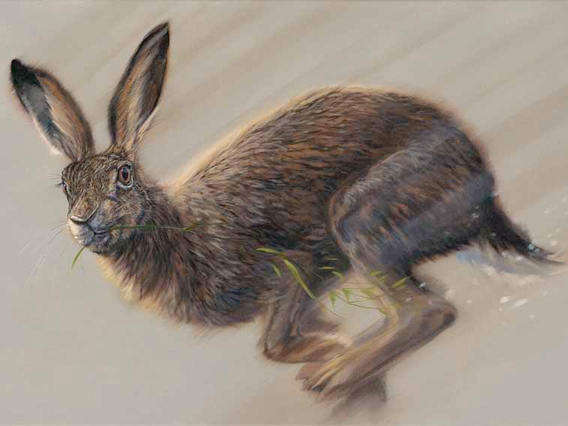

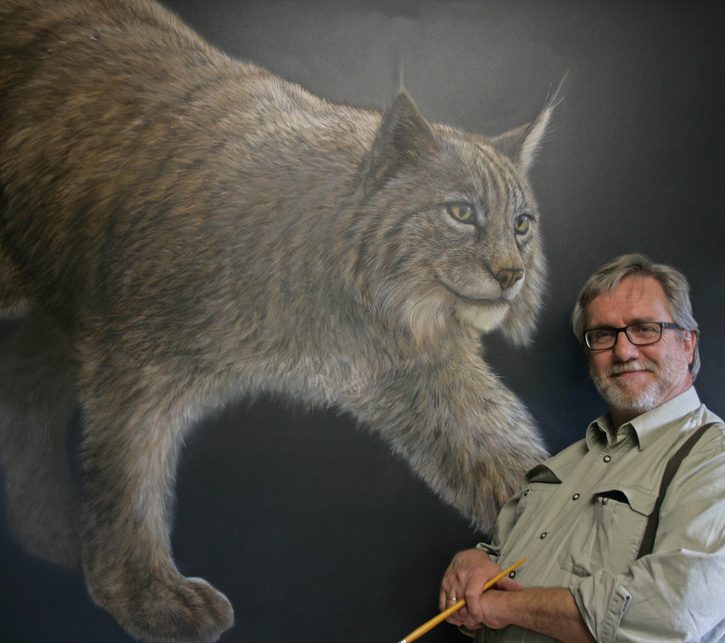
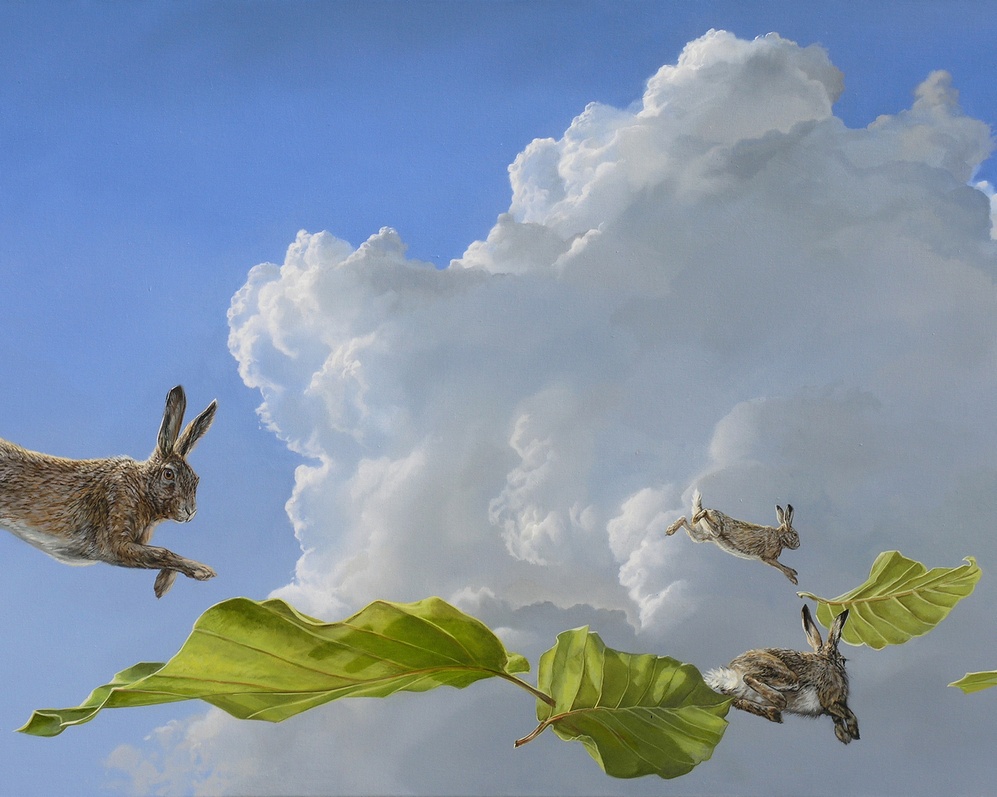
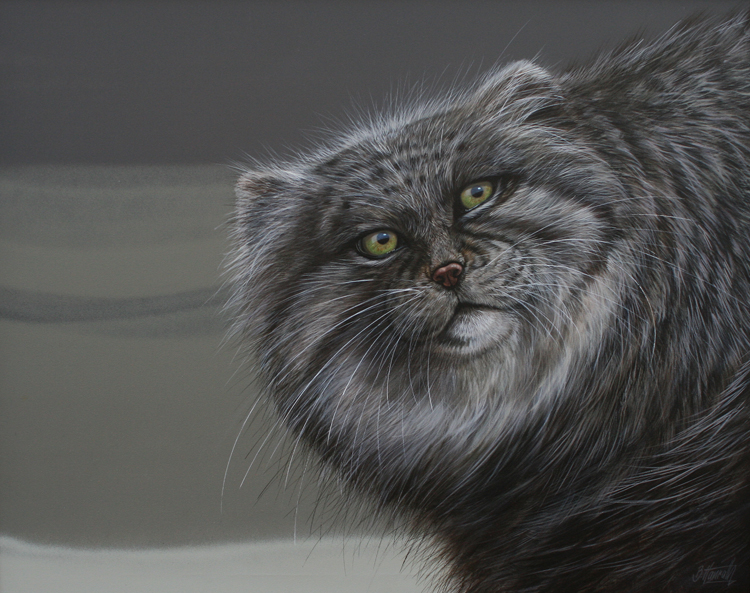
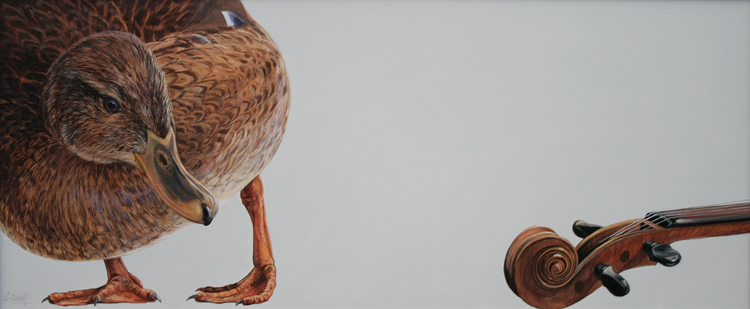


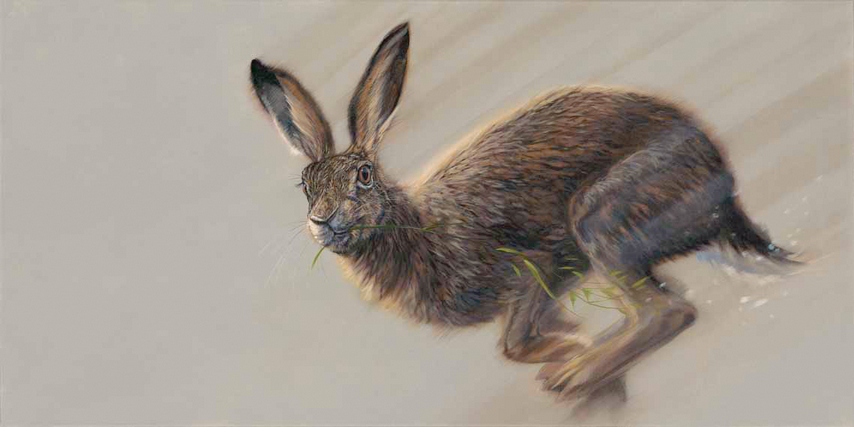
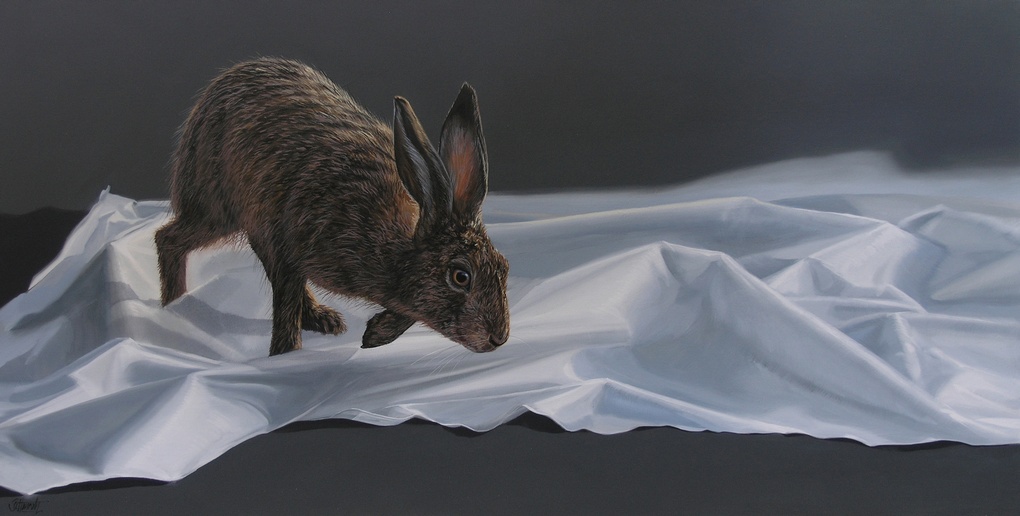
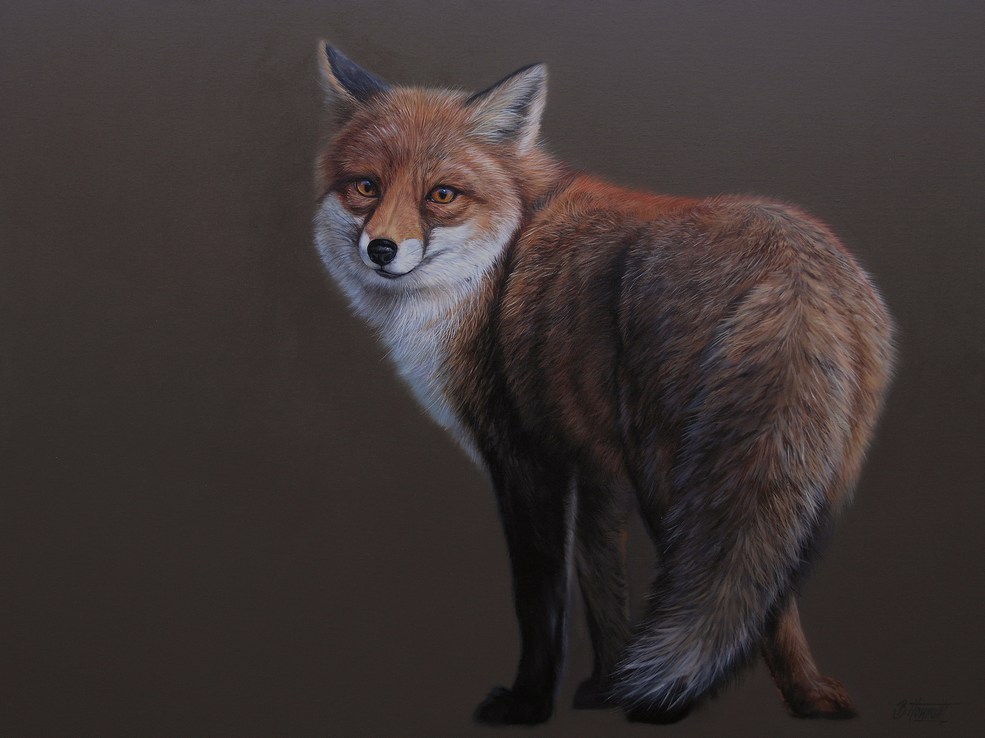
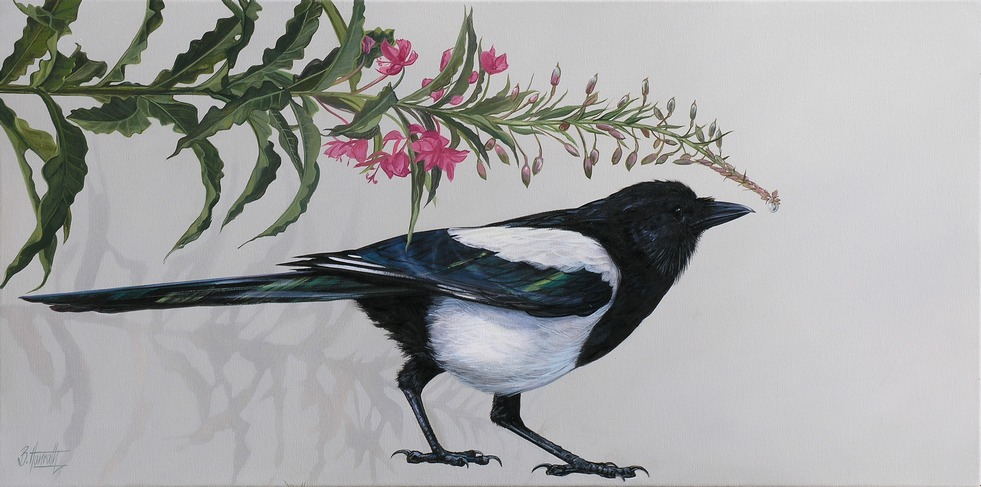
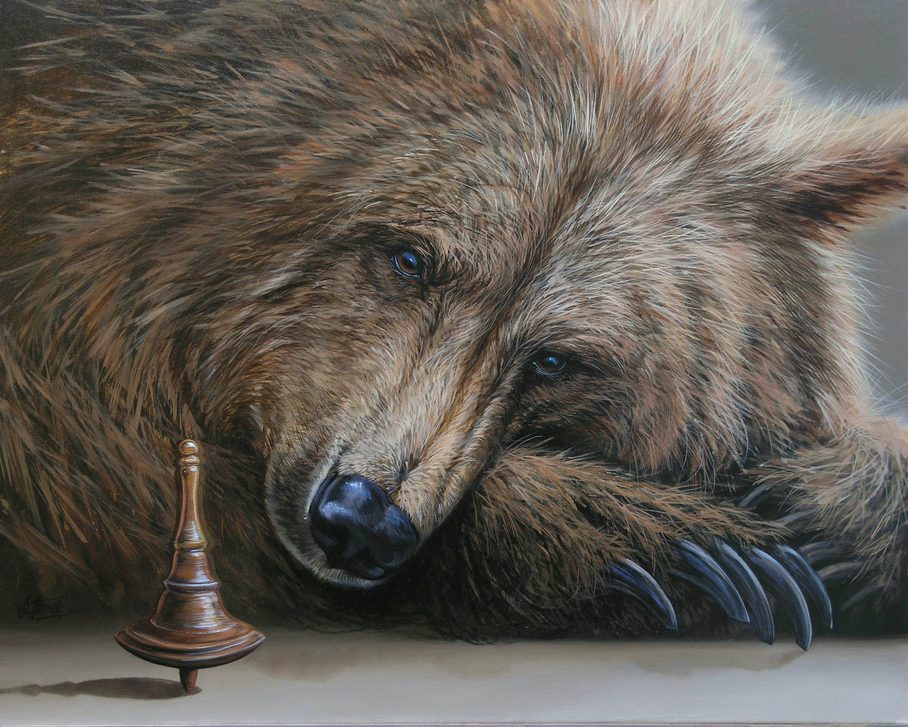
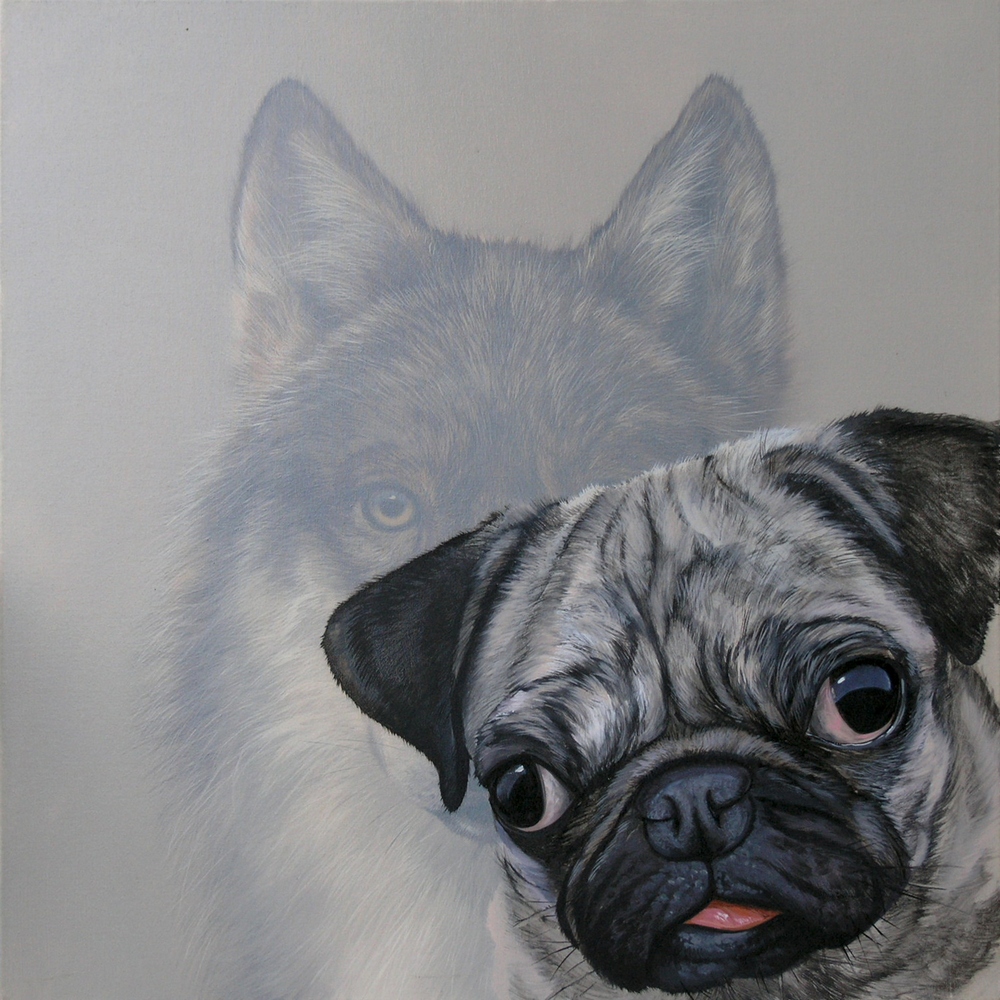
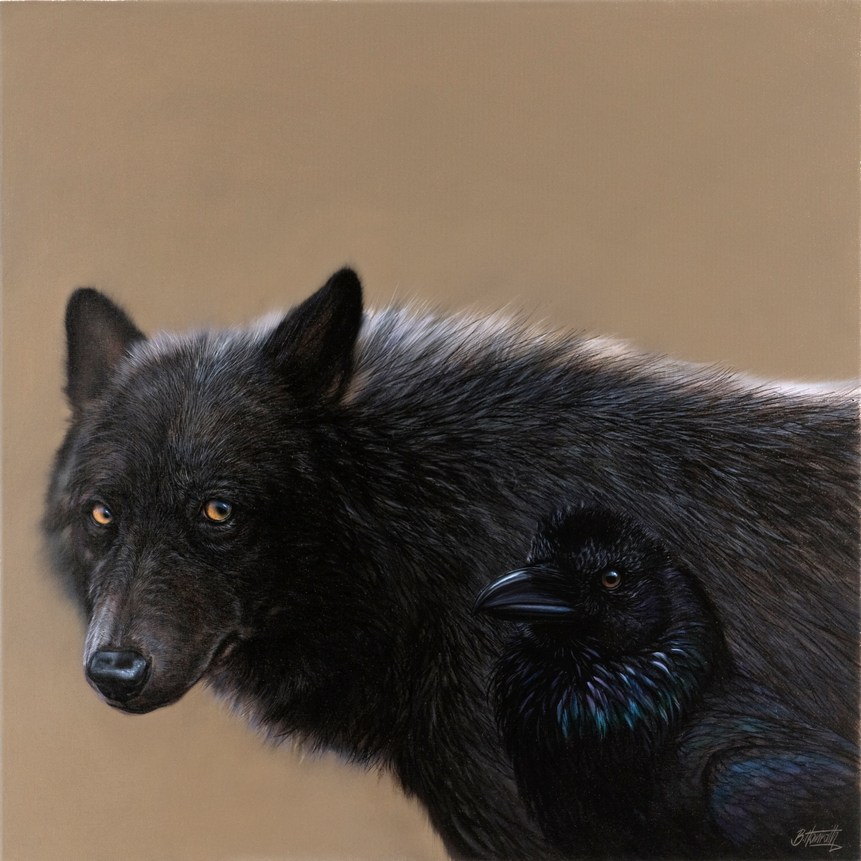
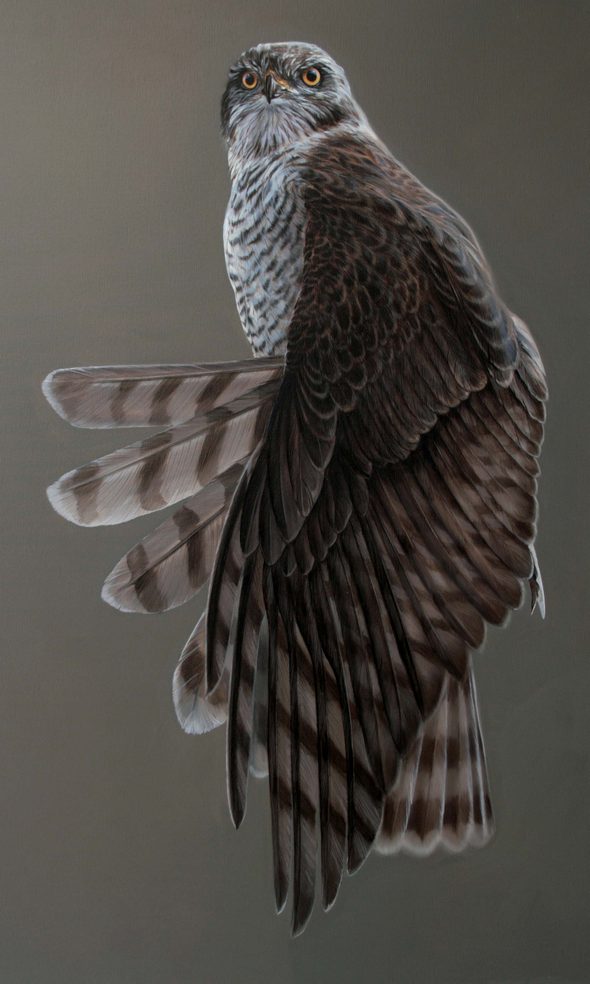
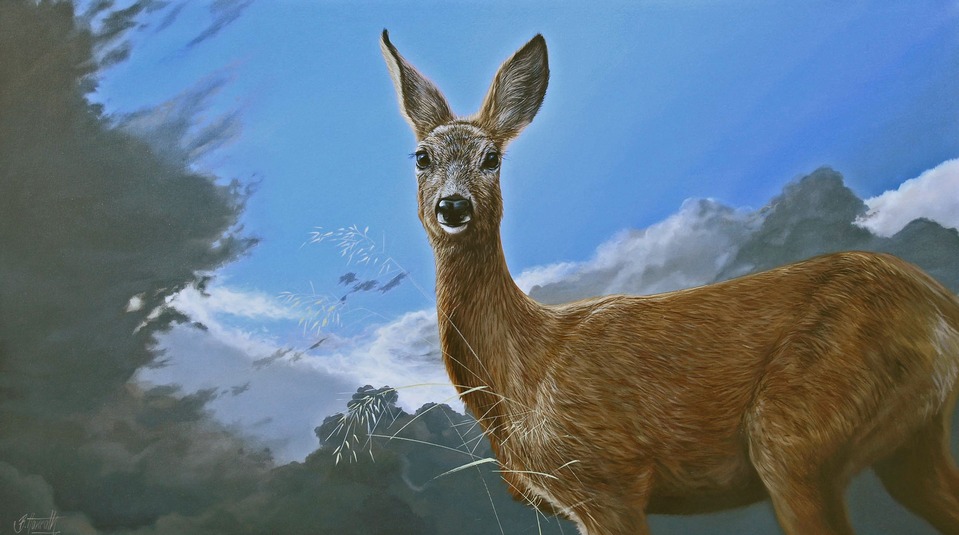
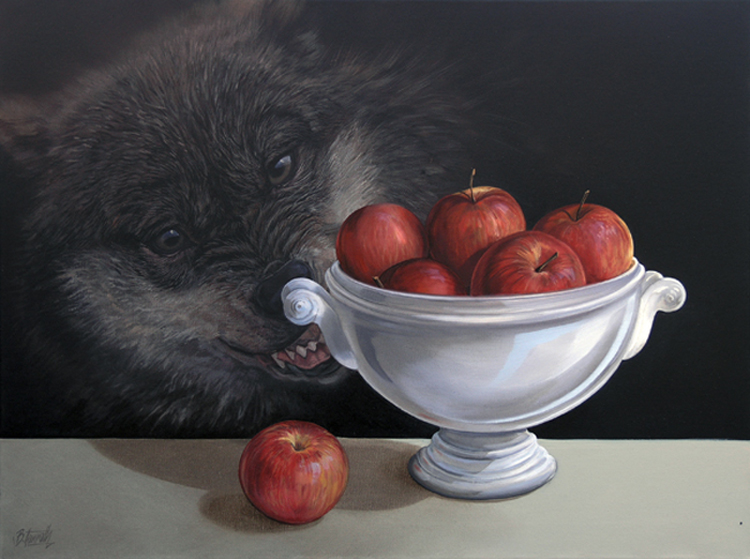
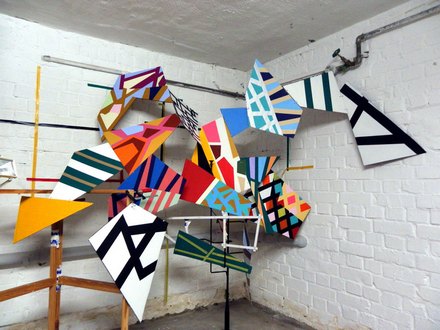

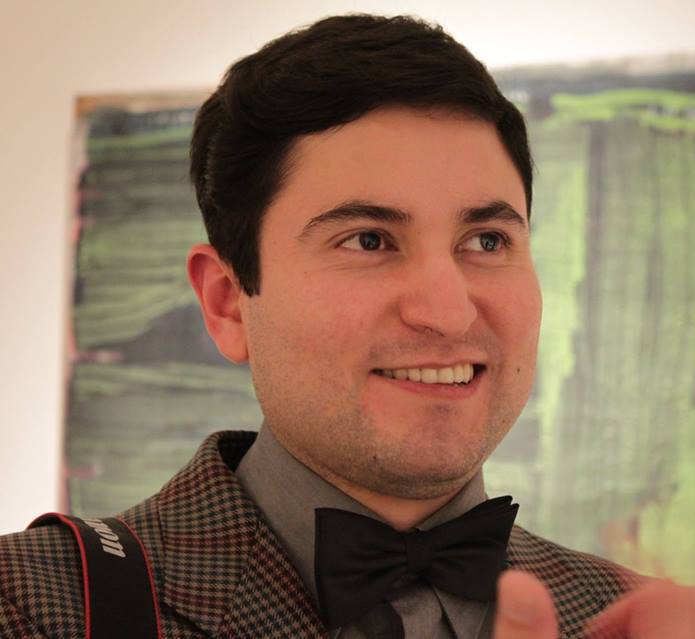
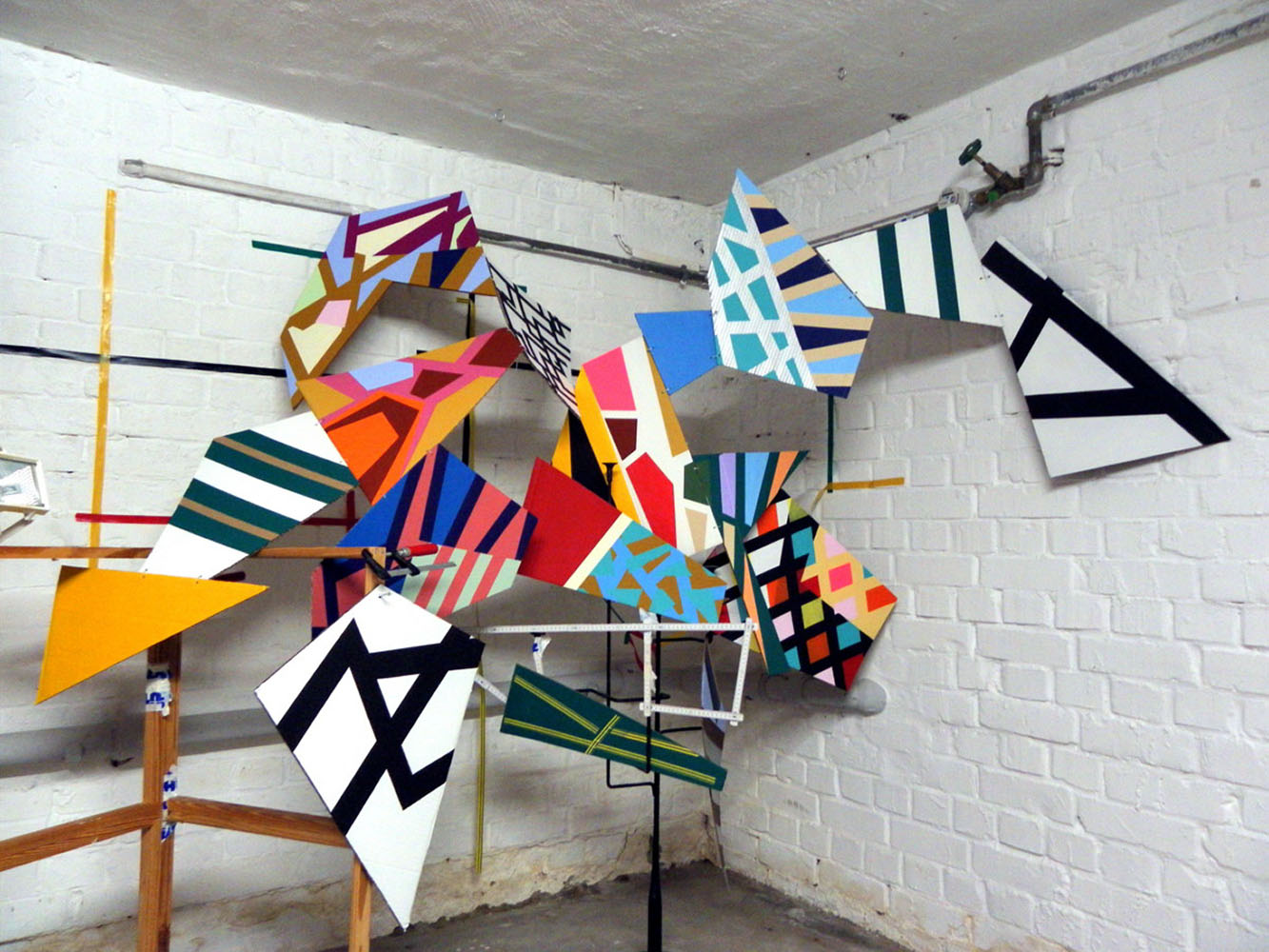
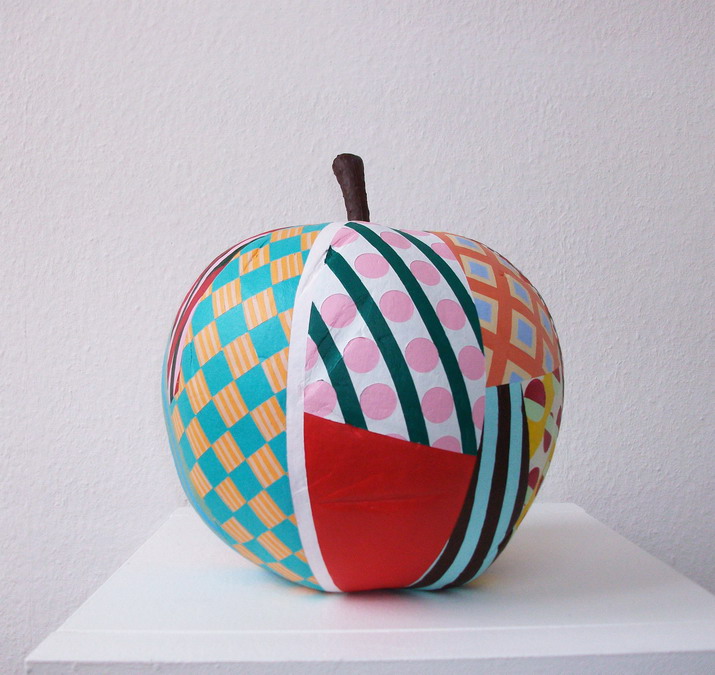
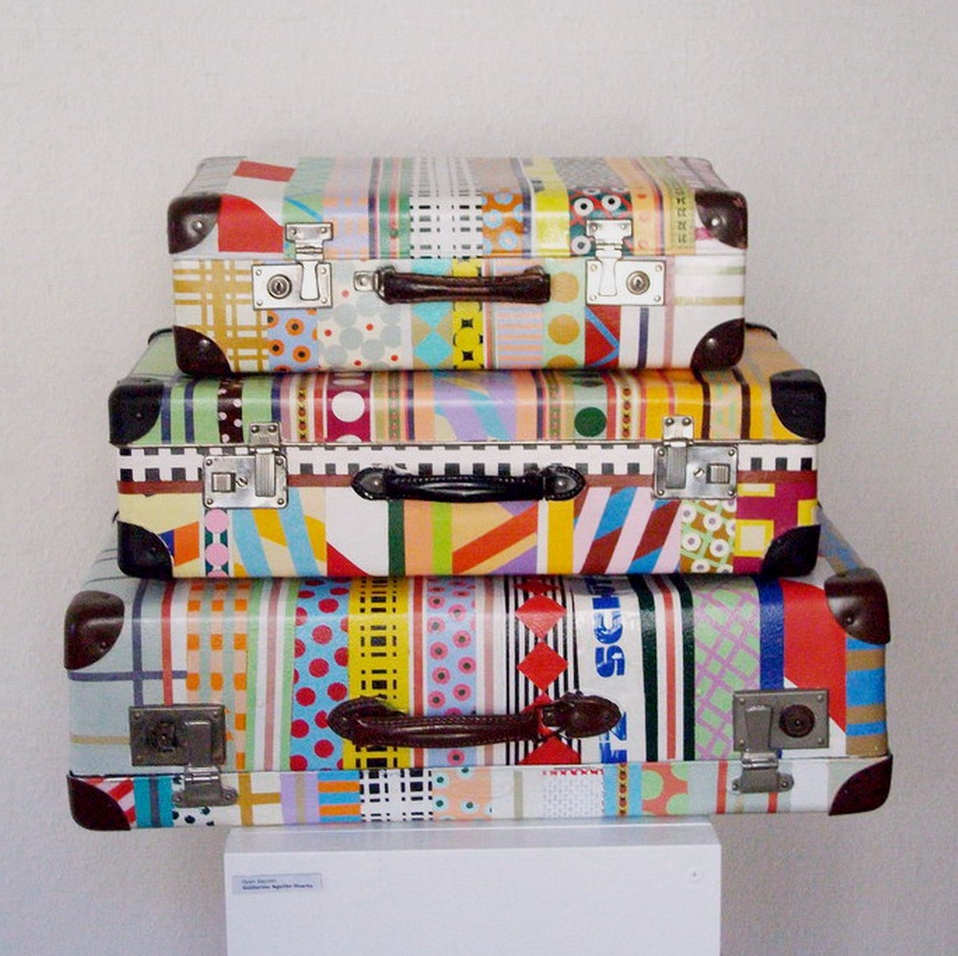
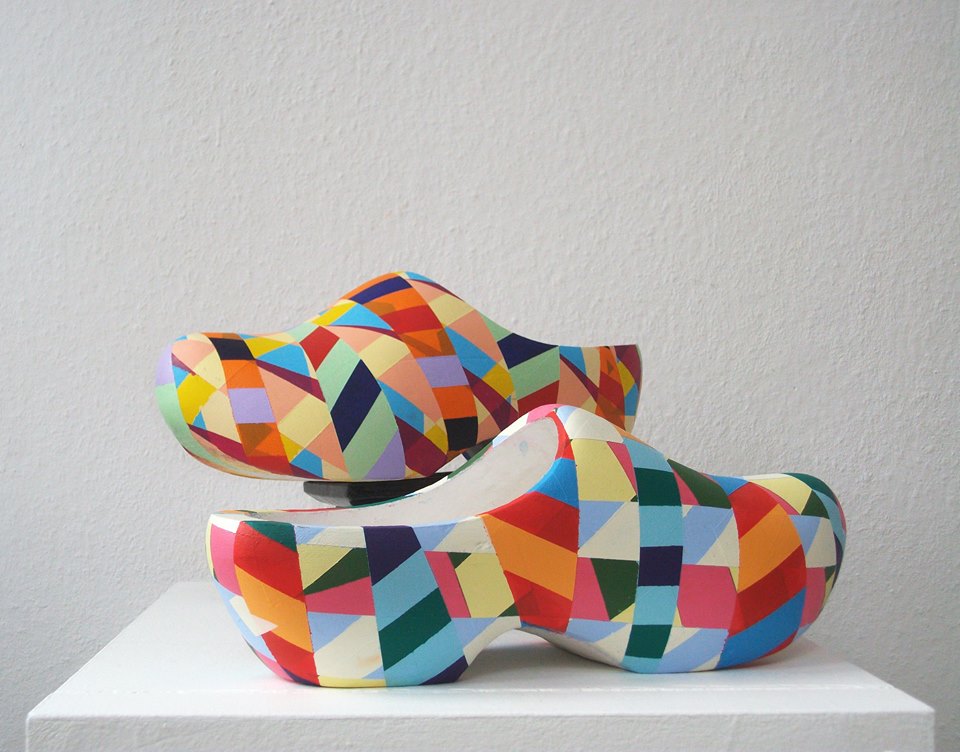
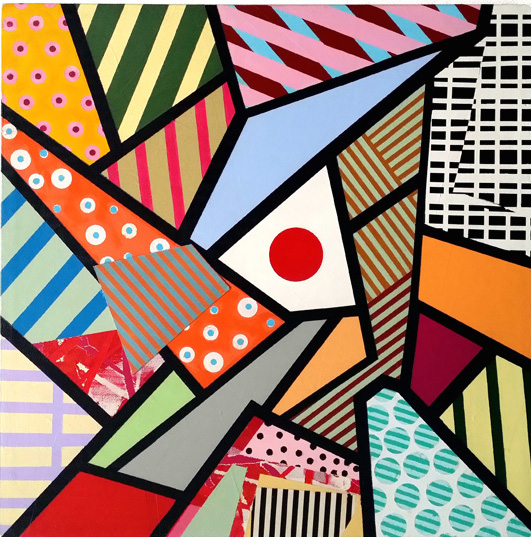
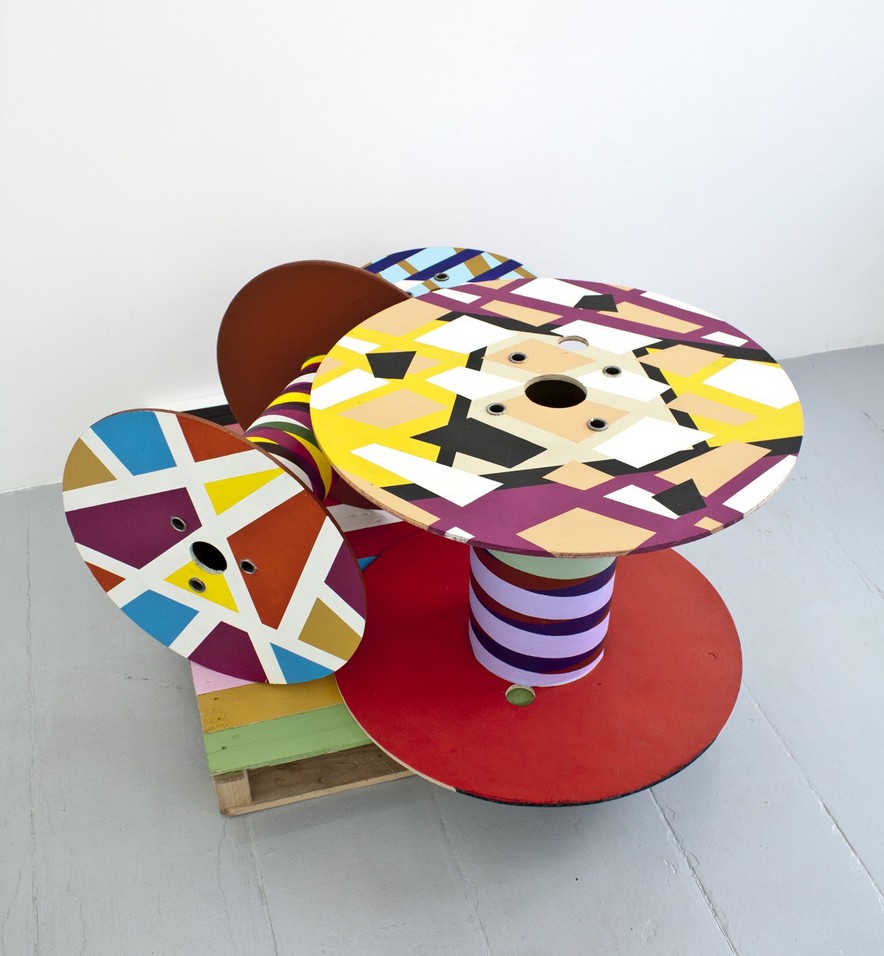
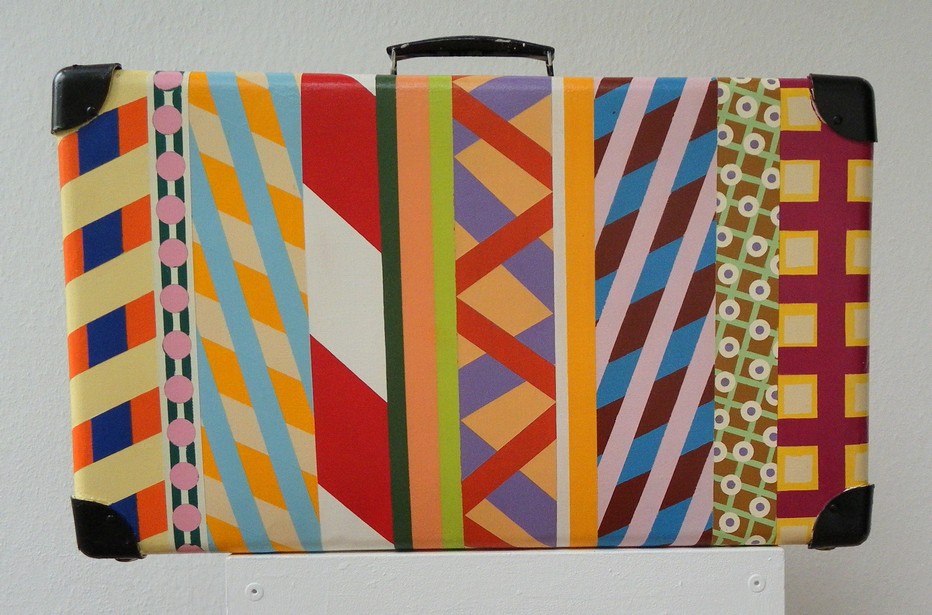
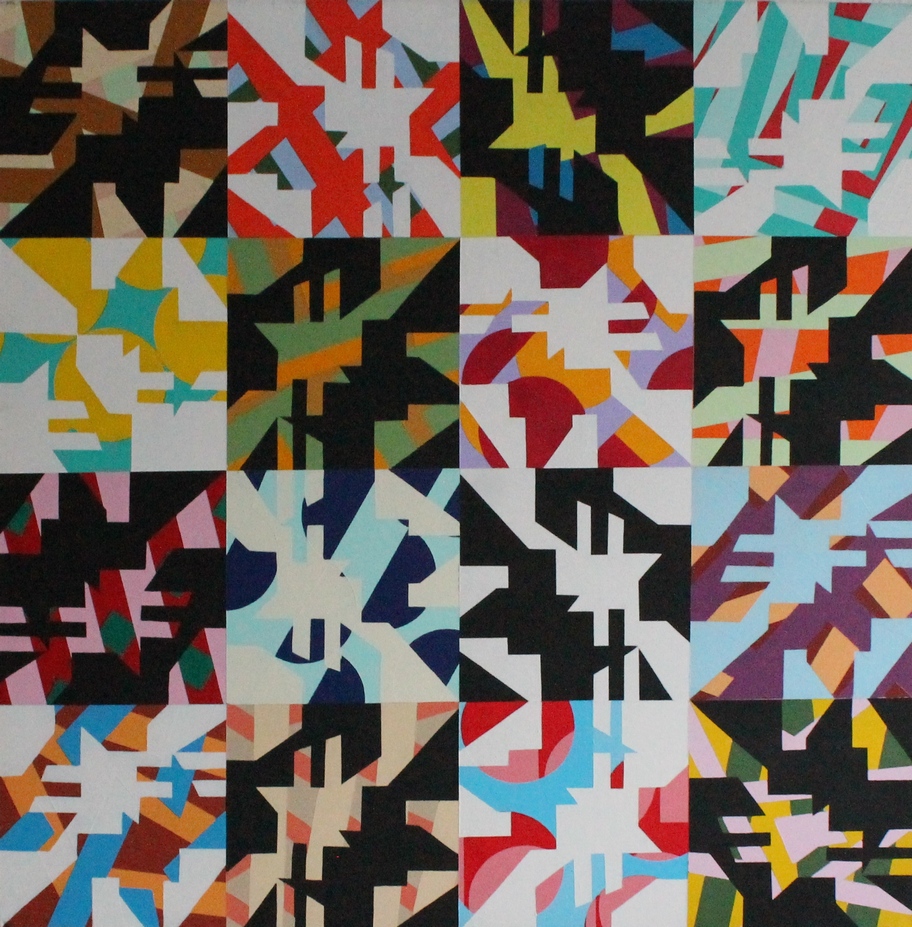
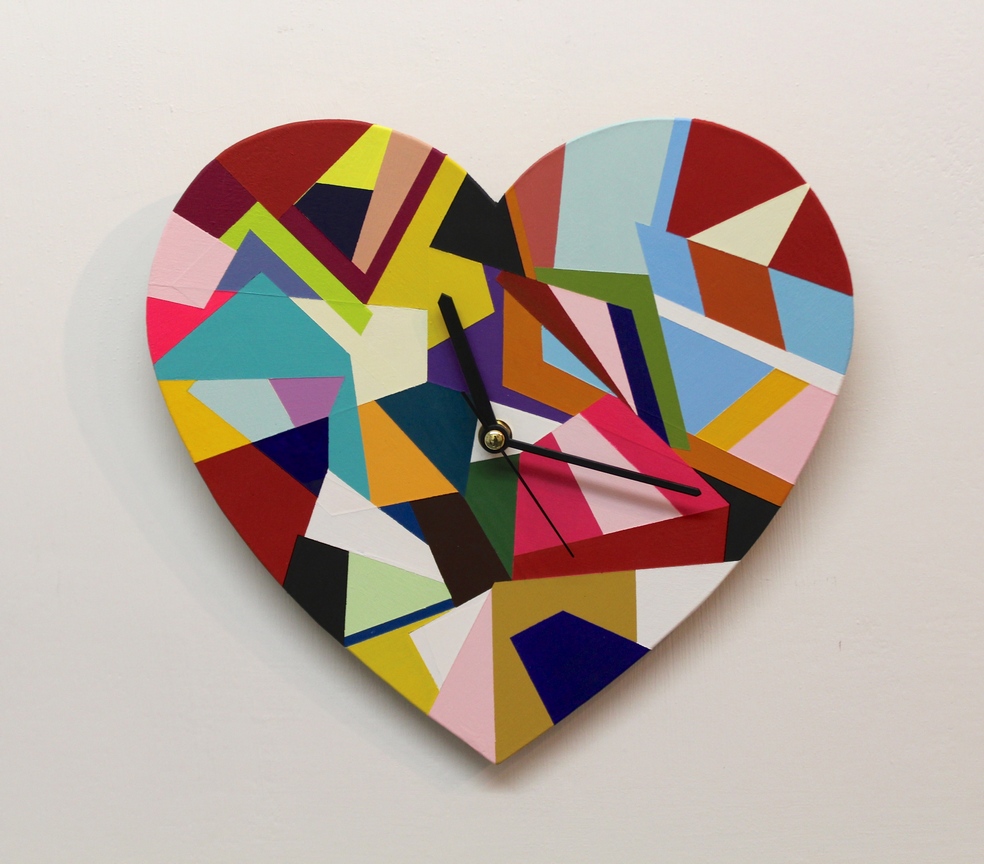
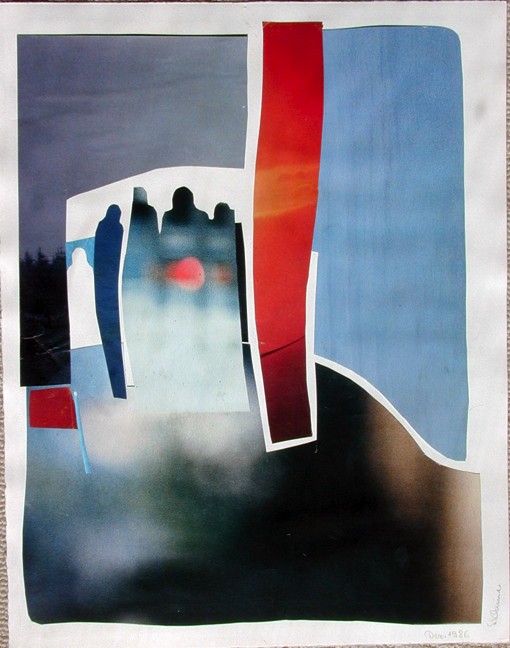
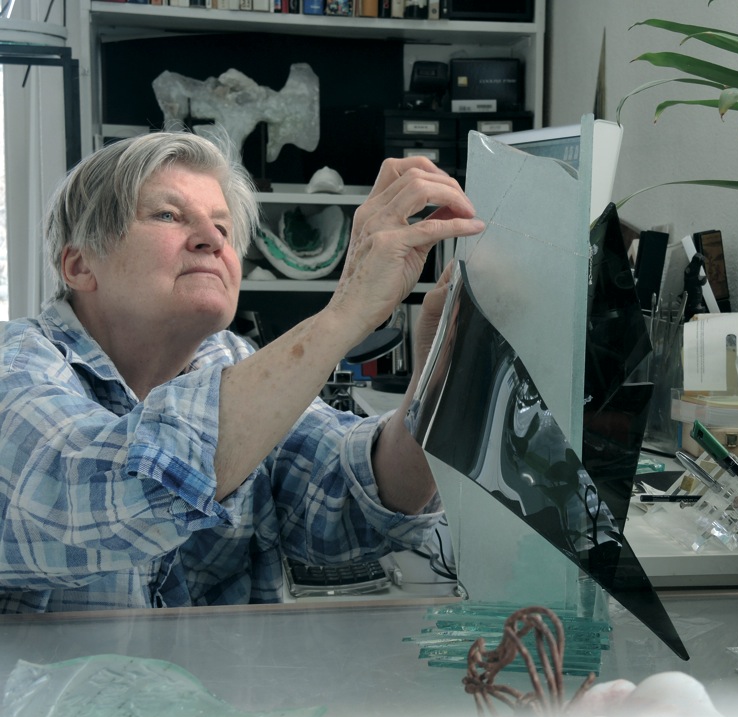
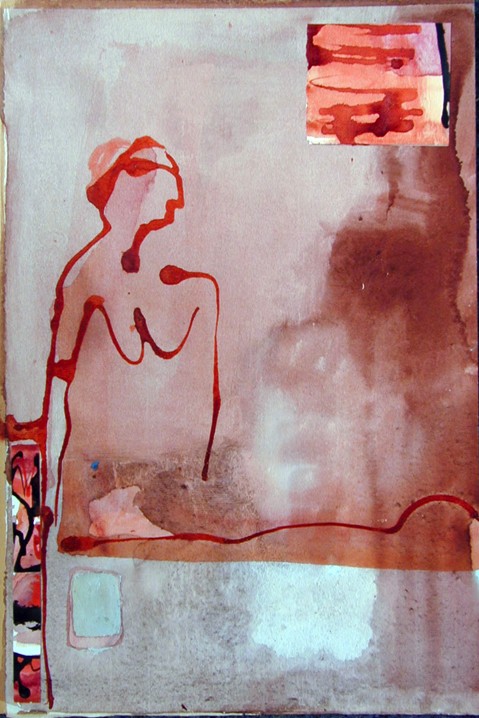
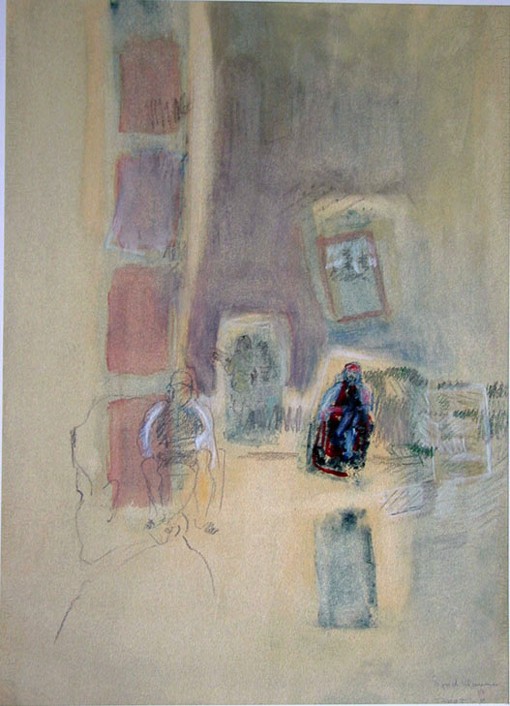
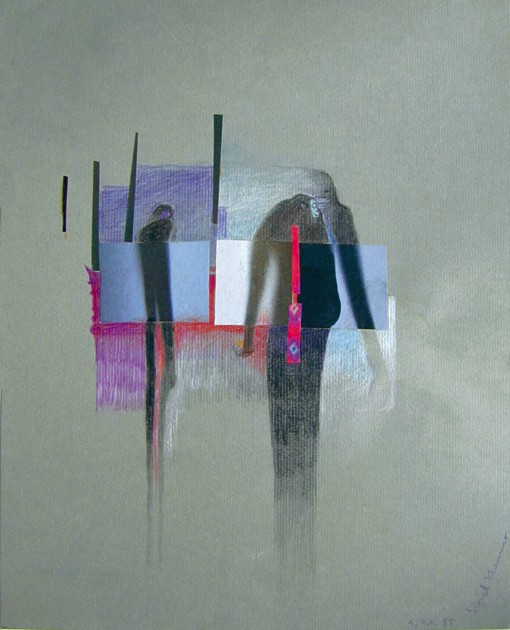
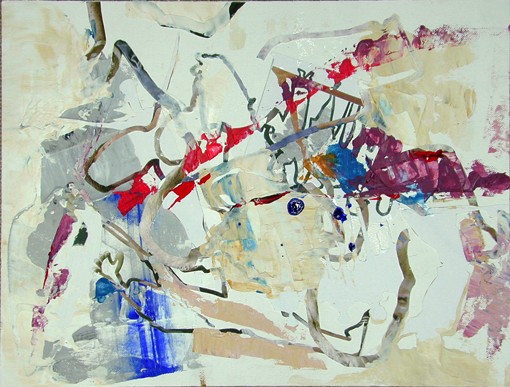
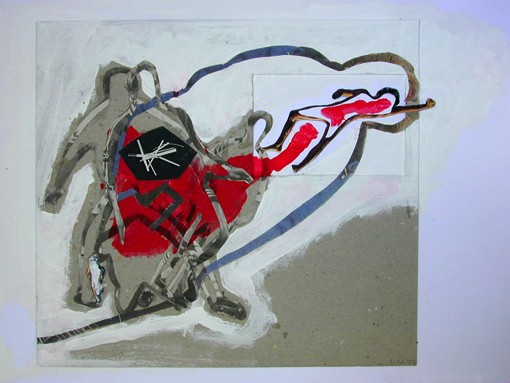
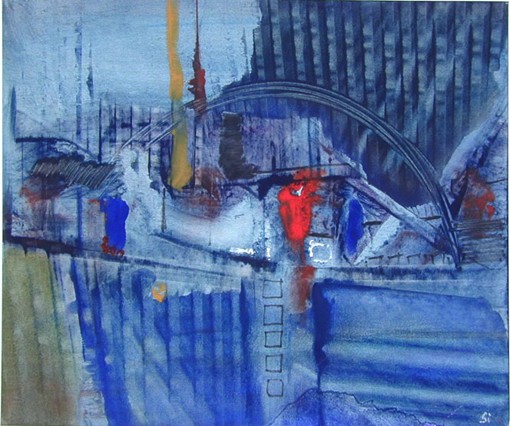
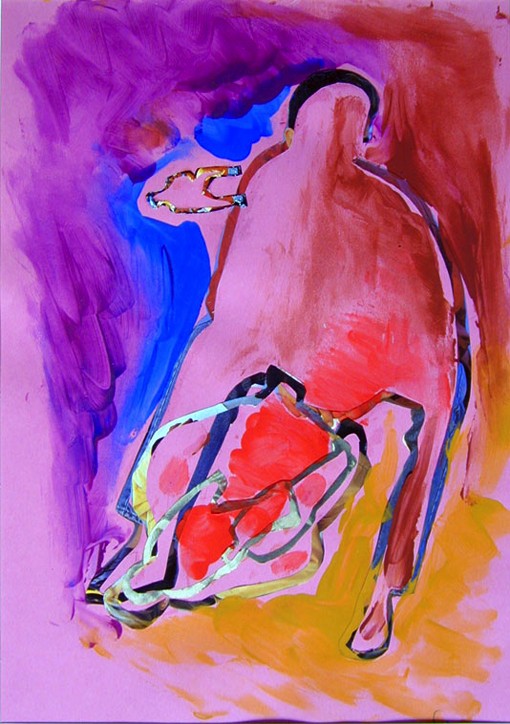
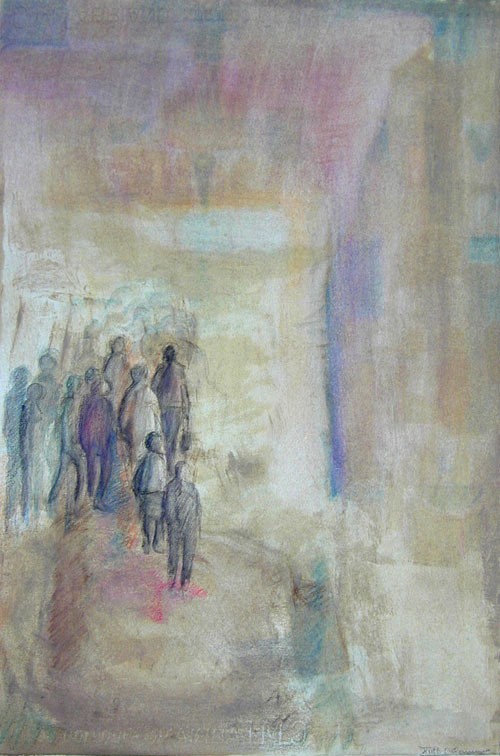
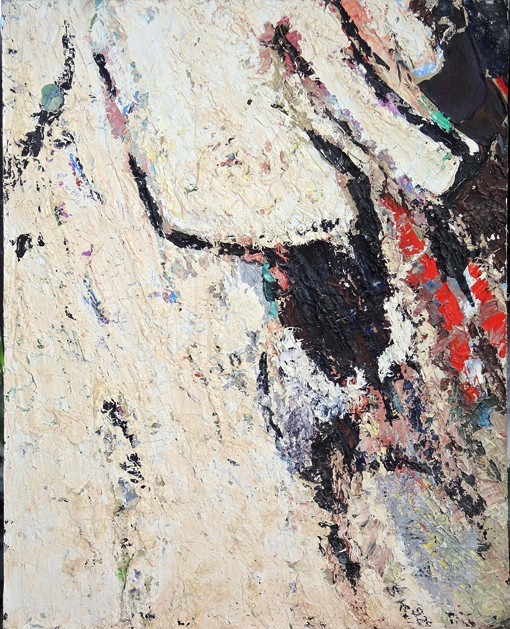
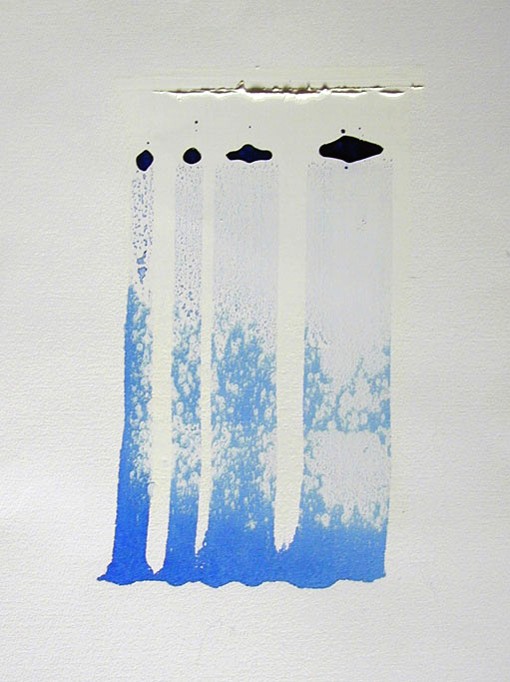
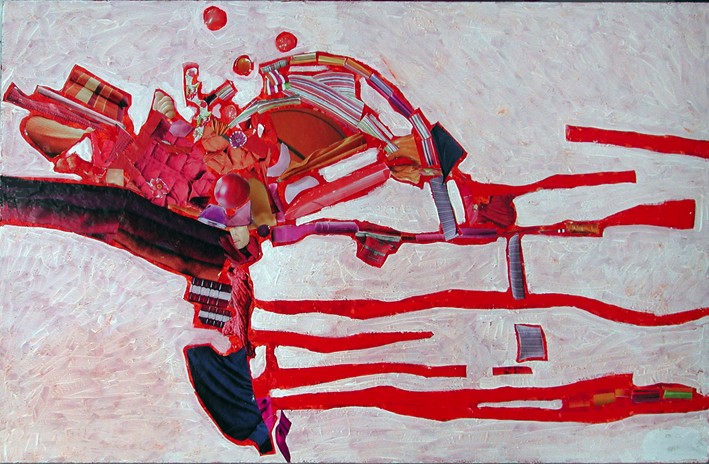
Recent Comments